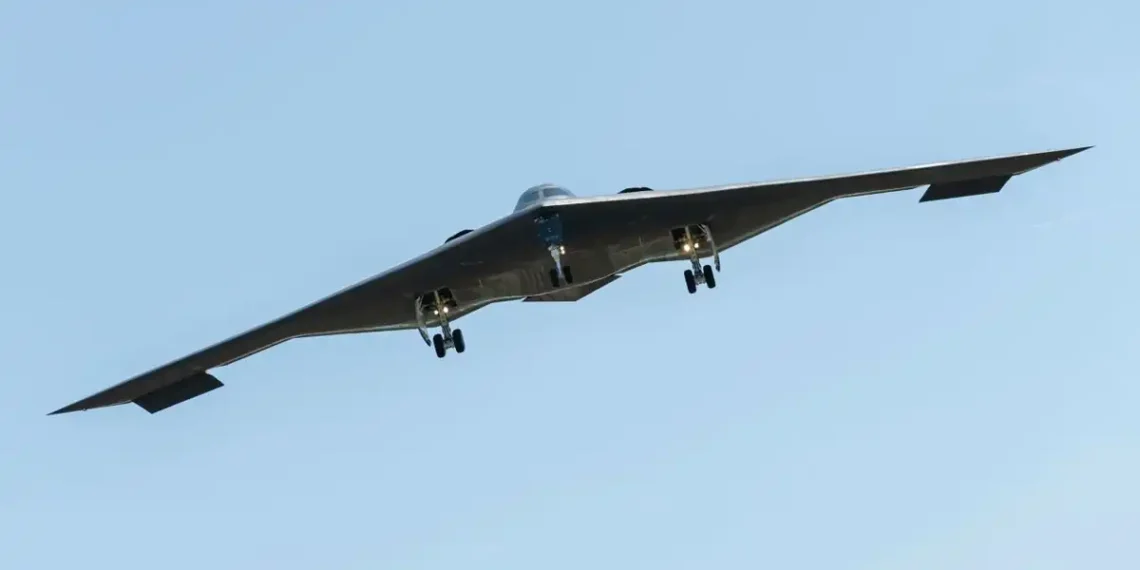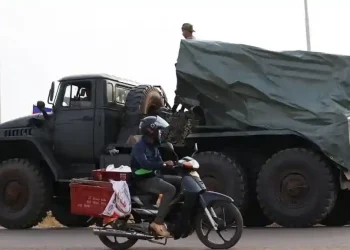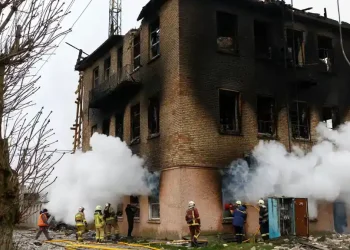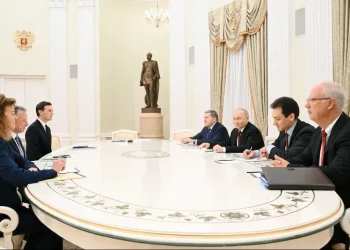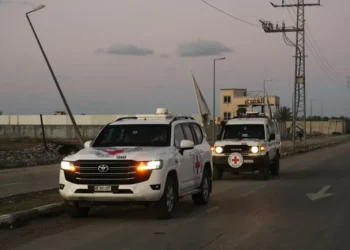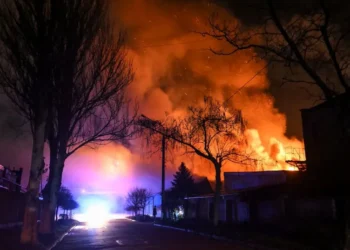UN Chief Calls U.S. Strike on Iran a “Dangerous Escalation,” Urges Peaceful Resolution
United Nations Secretary-General António Guterres is sounding the alarm after the United States launched a strike on Iran early Sunday. In a strongly worded statement, Guterres said he is “gravely alarmed” by the use of force, warning that the situation is spiraling toward a much broader and more dangerous conflict.
“This is a dangerous escalation in a region already on the edge,” Guterres said. “It’s a direct threat to international peace and security.”
The UN chief didn’t mince words about the stakes, expressing deep concern over what he called a growing risk of the conflict spinning out of control. “The consequences could be catastrophic — not just for civilians and the region, but for the entire world,” he added.
Guterres called on all UN member states to step back from the brink and honor their obligations under the UN Charter and international law. His message was clear: diplomacy must take priority.
“There is no military solution. The only path forward is diplomacy.”
The warning comes as tensions in the Middle East reach new highs, with global leaders closely watching how the situation unfolds. Guterres’ plea for de-escalation echoes mounting international fears that continued military action could trigger a far-reaching crisis.
Meet the B-2 Stealth Bomber: America’s $2 Billion Ghost in the Sky
Over the weekend, U.S. forces carried out a high-stakes strike on Iranian nuclear facilities—and they did it using one of the most formidable weapons in the Pentagon’s arsenal: the B-2 Spirit stealth bomber.
President Donald Trump confirmed that B-2 bombers were deployed in the operation, showcasing once again the aircraft’s unmatched ability to strike anywhere in the world without being seen.
A Stealth Legend That Flies Unseen
Nicknamed “the Spirit,” the B-2 is the U.S. Air Force’s top-tier stealth bomber. With its futuristic flying wing design, radar-evading materials, and special coatings, the B-2 can sneak past even the most advanced air defense systems. As the Air Force puts it, the B-2 “brings massive firepower to bear, in a short time, anywhere on the globe through previously impenetrable defenses.”
It’s no exaggeration. The bomber is capable of carrying both nuclear and conventional weapons, with a payload capacity of 40,000 pounds. It has just two crew members, but with aerial refueling, it can essentially fly forever.
A Rare and Pricey Powerhouse
There are only 20 B-2s in the entire U.S. Air Force inventory, all based at Whiteman Air Force Base in Missouri. Each bomber costs about $2 billion—yes, billion—making it one of the most expensive aircraft ever built.
First taking to the skies in 1989, the B-2 entered combat a decade later during NATO’s intervention in Kosovo. Since then, it’s played a central role in missions across the globe—from long-haul strikes in Afghanistan to recent operations targeting Houthi positions in Yemen.
The Strike on Iran: Enter the Bunker Buster
In Saturday night’s operation, the B-2s were reportedly armed with the GBU-57A/B Massive Ordnance Penetrator, also known as the “bunker buster.” This massive 30,000-pound bomb carries 6,000 pounds of explosives and is specifically designed to destroy heavily fortified underground facilities—exactly the kind of protection often used around nuclear programs.
The B-2 is the only aircraft in the U.S. fleet capable of carrying this weapon, which underscores its unique role in strategic strikes against high-value, hardened targets.
Bottom line: The B-2 Spirit isn’t just an aircraft—it’s a flying symbol of American power projection. Invisible to radar, capable of global reach, and equipped with devastating weapons, it’s the plane the U.S. turns to when it needs to send an unmistakable message—without ever being seen.
This article was rewritten by JournosNews.com based on verified reporting from trusted sources. The content has been independently reviewed, fact-checked, and edited for accuracy, neutrality, tone, and global readability in accordance with Google News and AdSense standards.
All opinions, quotes, or statements from contributors, experts, or sourced organizations do not necessarily reflect the views of JournosNews.com. JournosNews.com maintains full editorial independence from any external funders, sponsors, or organizations.
Stay informed with JournosNews.com — your trusted source for verified global reporting and in-depth analysis. Follow us on Google News, BlueSky, and X for real-time updates.
